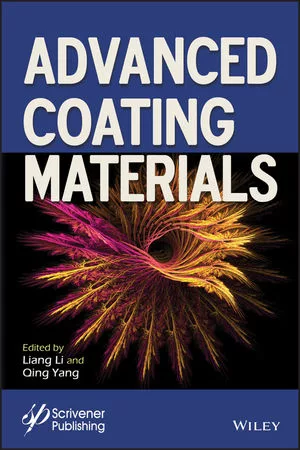UK Scientists at Work on Self-Decontaminating Coating
Scientists at the UK’s Defence Science Technology Laboratory (DSTL) are working on developing a strippable paint coating that would decontaminate itself after absorbing chemical agents.
LONDON - Scientists at the UK’s Defence Science Technology Laboratory (DSTL) are working on developing a strippable paint coating that would decontaminate itself after absorbing chemical agents.
Currently, strippable coatings are used on military vehicles to quickly change the color of vehicles. The application of these coatings requires minimal training and can easily be applied and removed by soldiers. Ninety percent of the coatings can be removed by scoring flat areas with a knife and then manually peeling it off, complex areas can be scored and then removed with high-pressure water. The coatings also have a use in temporary camouflage as the paint can be used to flexibly adapt a vehicle’s color and glint signature, reducing the vehicle’s visibility. The current generation of coatings has at least a 12-month life span on the vehicles.
DSTL is evaluating the coatings for use in decontamination and is researching the next generation of coatings, which will be able to absorb chemical biological and radiological agents (CBR), therefore protecting those operating inside and around the vehicle. Further down the line, DSTL is looking at reactive coatings that would contain catalysts and possibly enzymes in order to create self-decontaminating coatings.
Steven Mitchell, a DSTL Research Scientist leading the work on strippable coatings said, “Ultimately, what we’d like to create is a coating that changes color to indicate it’s been contaminated, decontaminates itself, then returns to the original color when it’s clean. This is a long-term but not an unreasonable ultimate objective.”
Looking for a reprint of this article?
From high-res PDFs to custom plaques, order your copy today!




